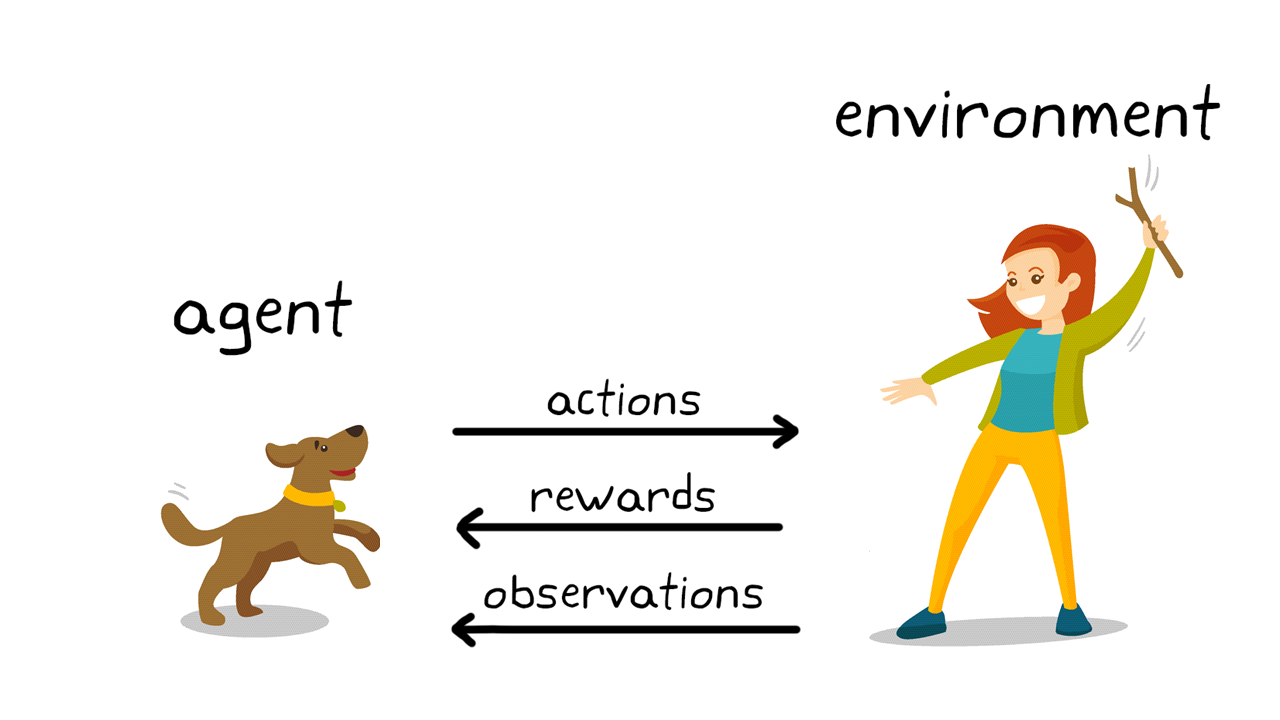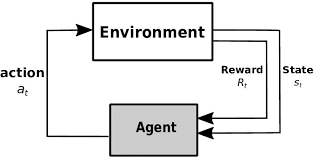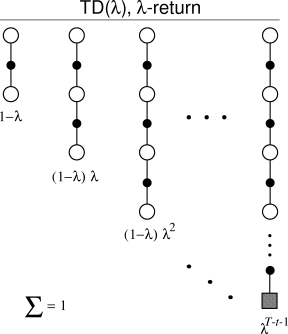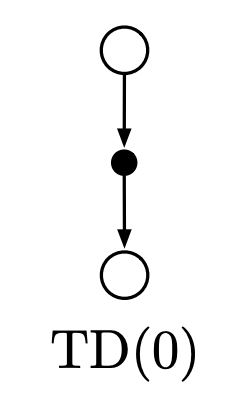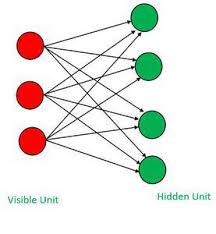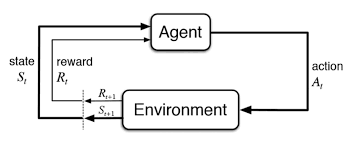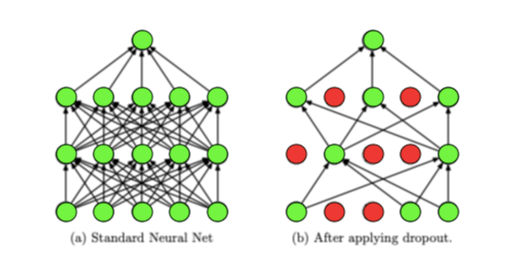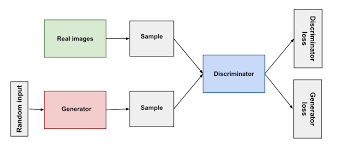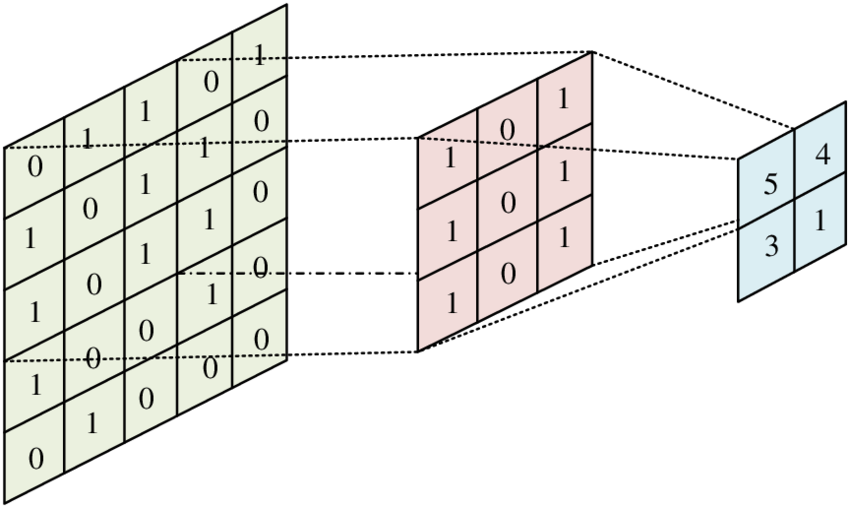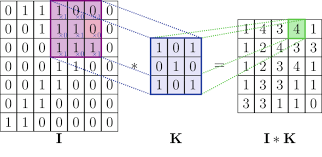The concept of rewards in machine learning, inspired by behavioural psychology, serves as a guiding mechanism for AI systems to optimise decision-making. Widely used in reinforcement learning, rewards enhance performance in diverse applications, from traffic management to energy optimisation.
Environments in machine learning act as dynamic playgrounds where AI models learn, adapt, and optimise performance through structured feedback. Widely used across industries, they simulate real-world scenarios, ensuring safer and cost-effective training for AI systems.
TD(λ) is a reinforcement learning algorithm that balances short-term and long-term learning, offering efficient and scalable optimisation in complex environments. Its real-world applications include weather prediction, traffic management, and fraud detection, showcasing its versatility.
TD(0) is a foundational reinforcement learning algorithm that excels at incremental decision-making in uncertain environments. Its adaptability and efficiency make it a powerful tool for real-time applications in industries ranging from transport to energy regulation.
Restricted Boltzmann Machines (RBMs) are foundational tools in deep learning, excelling in unsupervised learning tasks like feature extraction, dimensionality reduction, and collaborative filtering. They have significant applications in industries ranging from healthcare to energy efficiency.
Reinforcement Learning (RL) is a powerful AI technique that teaches agents to learn and adapt through rewards and penalties, enabling automation, optimisation, and decision-making in complex systems. With applications in gaming, robotics, and government projects, RL is shaping the future of artificial intelligence.
Regularisation and dropout are essential techniques in machine learning that improve model generalisation and robustness by reducing overfitting. These methods enable models to handle complex, noisy datasets effectively, with wide applications in healthcare, education, and infrastructure planning.
Generative Adversarial Networks (GANs) use two competing neural networks to generate realistic synthetic data, making them essential for tasks like data augmentation, image generation, and anomaly detection. With wide-ranging applications in areas like healthcare, geoscience, and law enforcement, GANs are driving innovation across industries.
Convolutions are mathematical operations used in neural networks to detect patterns in data such as images, audio, and time-series. Widely applied across industries like healthcare, agriculture, and environmental management, they enhance pattern recognition and computational efficiency.
Bidimensional discrete convolutions are transformative tools in image analysis, enabling efficient pattern detection, feature extraction, and scalability for high-dimensional data. Their versatility has driven innovation in healthcare, transport, and environmental monitoring across Australia and globally.


